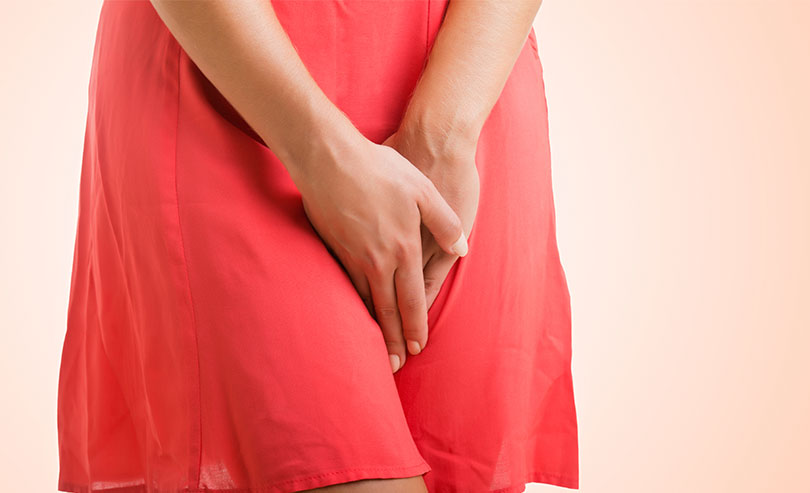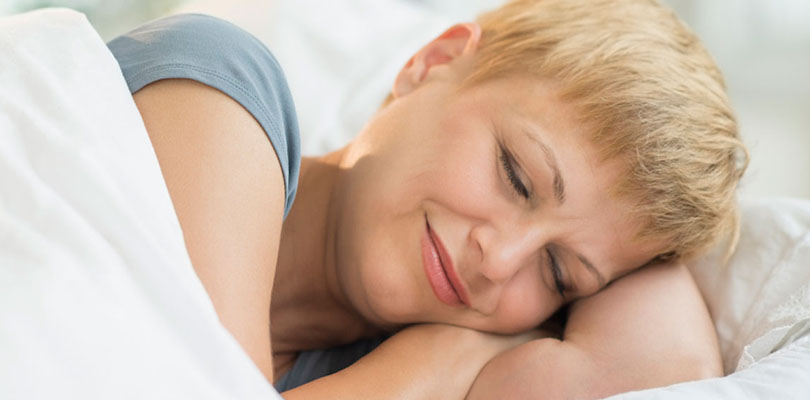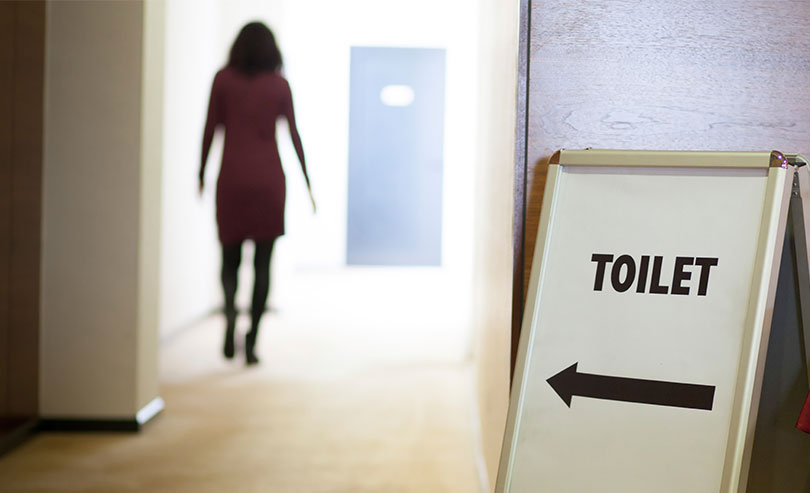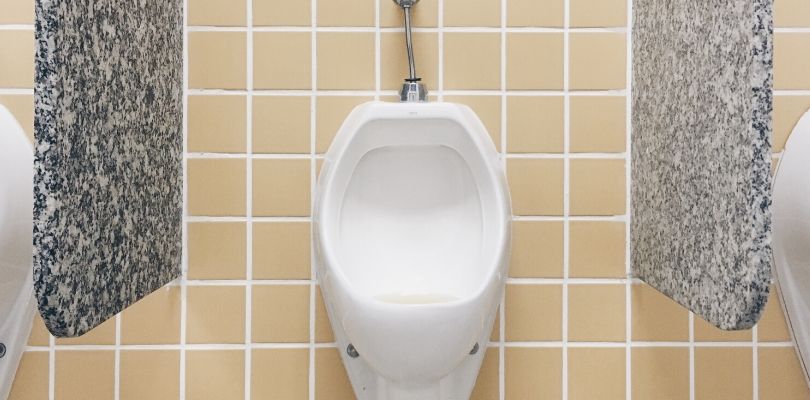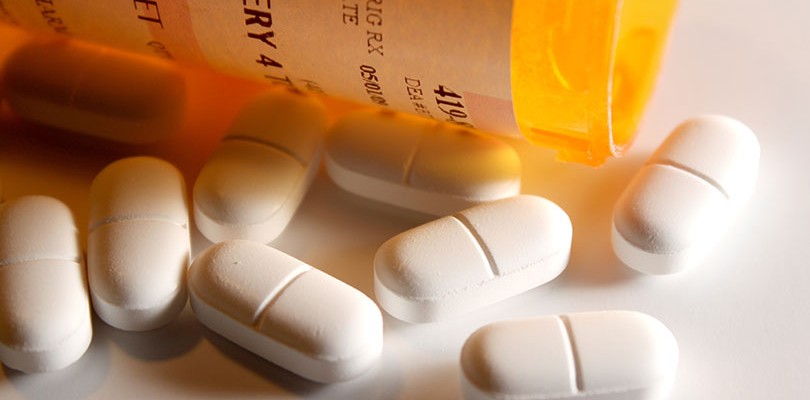
Photo Credit: dptulk / istockphoto.com
5. Anticholinergic Drugs
This specific class of medication is sometimes used to control the muscle spasms that lead to OAB. By blocking the nerve signals that typically trigger inopportune bladder contractions, an anticholinergic can reduce the frequency and severity of your urge to urinate, plus there’s some evidence that it may even increase your bladder capacity.
There are several anticholinergic drugs to choose from, though aside from Oxytrol, they all require a doctor’s prescription. Most people have very favorable reactions to anticholinergics, though there are a few possible side effects, like dry mouth, constipation, and a fast heartbeat.
It’s important to get these symptoms of overactive bladder checked out as soon as you can, they can usually be easily treated.

